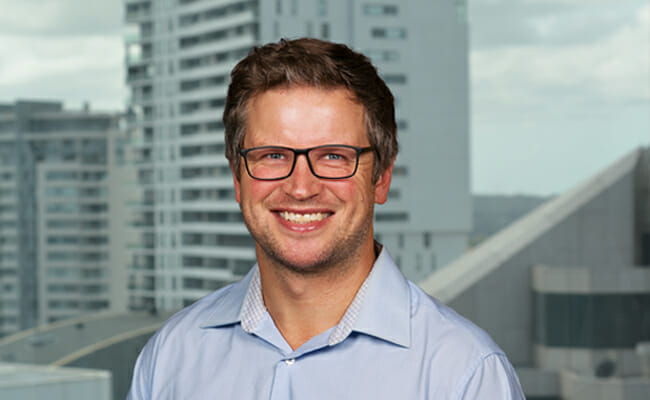
With a bachelor’s degree in Environmental Science from the University of Newcastle, Shaun is excited about the opportunity Tetra Tech Coffey gave him to develop professionally after a hiatus from consulting.
What inspired you to get into your field of study?
My prerequisite was a career that would enable me to work outdoors and use my brain. I was always interested and active in the outdoors—from looking at things under a magnifying glass as a kid to searching for birds in the bush as an adult (which I still do!). It was natural for me to pursue a career in environmental science.
What attracted you to work with us?
Tetra Tech Coffey offered me the challenge of returning to consulting after an extended period working in remediation contracting. I was keen to grow professionally by getting back into the nitty-gritty of consulting.
The company I worked for was contracted to Tetra Tech Coffey on several projects. That’s where I learned about groundwater remediation systems on service station sites impacted by hydrocarbons. They consistently gave outside the box ideas for the constructing remediation systems that I worked on, making them more efficient and cost effective. I knew by joining Tetra Tech Coffey I could tap into this knowledge and learn more than at any other consulting firm. We are a leader in contaminated site assessment and remediation and offered me the opportunity to look at things under a magnifying glass on many different levels.
Tell us about some of the projects you’ve worked on at Tetra Tech Coffey that have been the most inspirational to you.
I’ve already worked on some interesting projects during my time with Tetra Tech Coffey. Each project represents new and inspiring challenges including reacquainting myself with updated legislation and the appropriate application for each site scenario; managing historical and emerging contaminants; and assisting with reporting of contamination to the regulator.
One significant project was the contamination assessment of an operational boat maintenance slipway. We investigated the historical use of anti-fouling paints and their impacts on soil, water, and sediments. We also completed an investigation into the presence of per- and polyfluoroalkyl substances (PFAS) contamination at an industrial chrome plating facility.
The most recent project we’re working on is conducting contamination assessments at a former coal mining facility that is currently being rehabilitated.